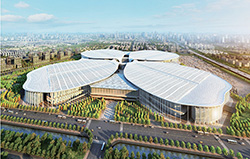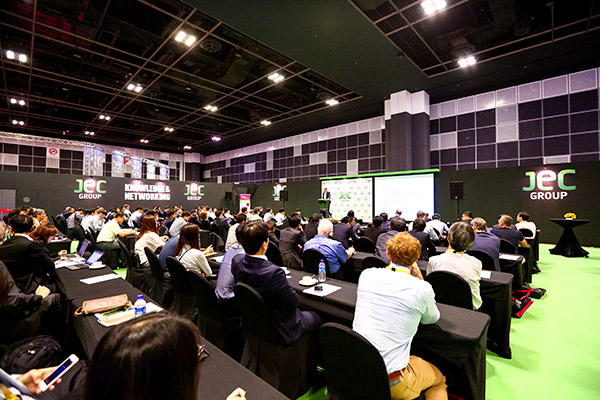뉴스 News
Exhibitions/Seminars
news
Exhibitions/Seminars
관리자
2017-12-18
관리자
2017-12-06
Ms. Park
2017-11-17
Ms. Park
2017-11-08
Ms. Park
2017-11-07
Ms. Kang
2017-09-22
Ms. Kang
2017-09-21
Ms. Kang
2017-09-07

















